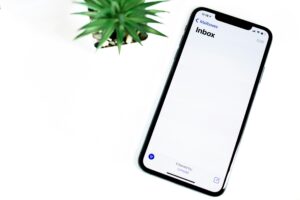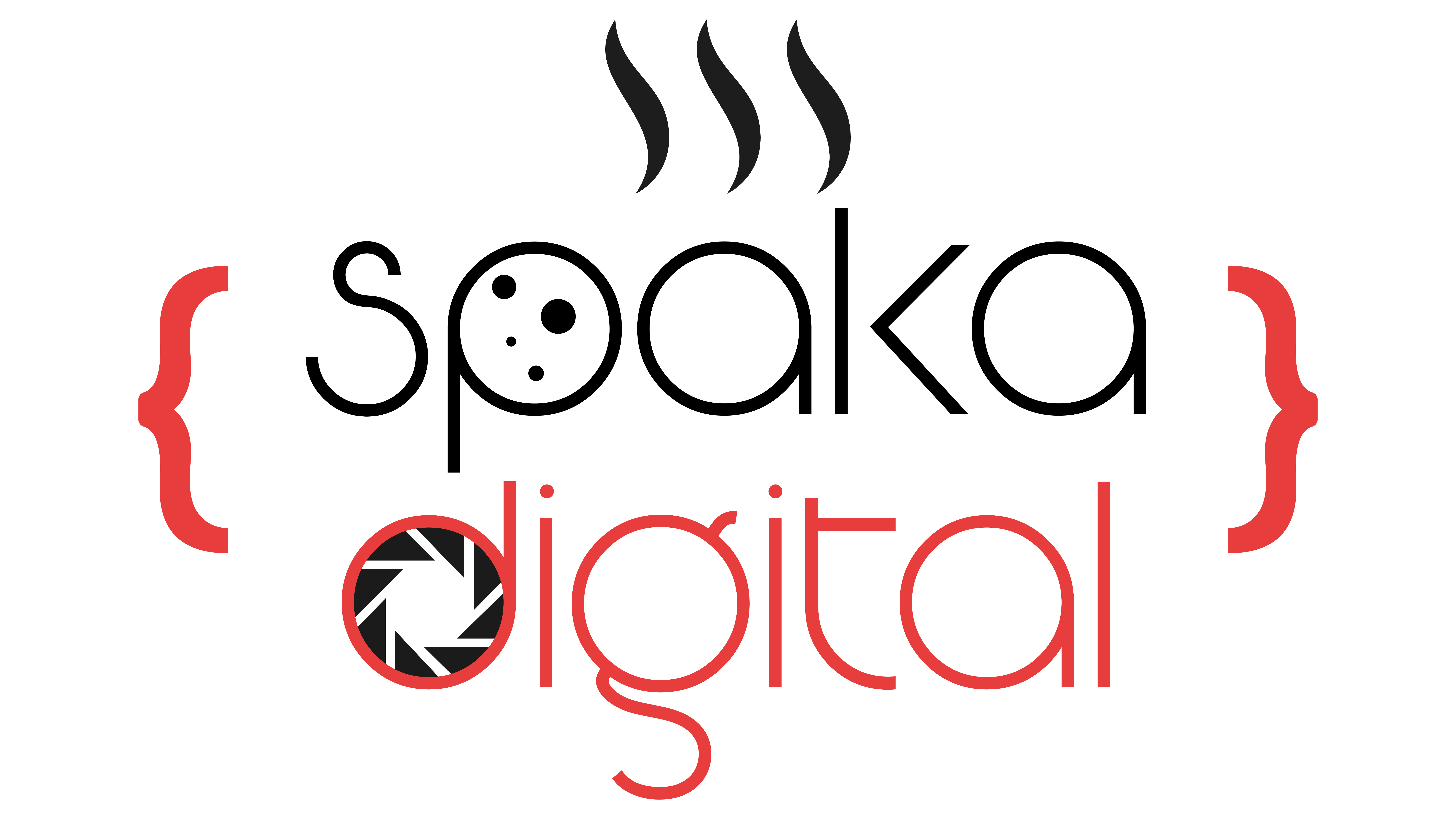Effective feedback serves as the bedrock for triumph in design ventures. When engaging with freelance designers, small enterprises hold the key to furnishing elaborate and insightful feedback. By pinpointing specific facets for enhancement while commending victorious elements, businesses nurture an affirmative collaborative rapport. Such a stance guarantees the final deliverables harmonize seamlessly with the company’s overarching vision and goals, yielding a design that encapsulates the desired essence.
Equally significant is the empowerment of freelance designers to actively seek elucidation or counsel as the need arises. Fostering an environment of open and reciprocal communication ensures swift redressal of any quandaries or uncertainties, thereby curtailing potential misconceptions and the need for extensive revisions.
The onus falls on small businesses to promptly assess design iterations and provide well-timed approvals. By doing so, the project maintains its momentum, averting superfluous hindrances, and endowing the designer with the latitude to implement requisite tweaks. This synchronized synergy between businesses and designers results in a cohesive and efficient design process, ultimately culminating in a successful and visually captivating end product.
Setting Clear Project Scope and Timelines
- Understanding Project Requirements
Before commencing any freelance design project, it is essential to clearly define the scope and objectives. Small businesses should outline their design needs, target audience, branding guidelines, and specific project deliverables. A well-defined project scope sets the foundation for a successful collaboration.
- Agreeing on Timelines
Time management is critical in freelance design projects. Establishing realistic timelines and deadlines is essential to ensure that both parties are on the same page regarding project milestones and completion dates. It is essential to consider the complexity of the project, the designer’s availability, and any potential roadblocks that may arise.
- Utilizing Project Management Tools
To streamline communication and keep track of progress, small businesses can leverage project management tools. These platforms facilitate effective collaboration, file sharing, and communication, enhancing project transparency and productivity.
Establishing a Smooth Freelance Design Feedback Process
Effective feedback is the cornerstone of successful design projects. Small businesses should offer detailed, constructive feedback to freelance designers, emphasizing specific areas for improvement while acknowledging successful elements. This fosters a positive working relationship and ensures that the final output aligns with the company’s vision.
Freelance designers should also feel comfortable seeking clarification or guidance when needed. Encouraging open, two-way communication ensures that any concerns or questions are promptly addressed, minimizing misunderstandings and rework.
Small businesses must promptly review design iterations and provide timely approval. This keeps the project moving forward without unnecessary delays and allows the designer to make adjustments as required.
Dealing with Time Zone Differences
Working across different time zones can pose challenges, but setting overlapping working hours can facilitate real-time communication and collaboration. Identifying a mutually agreeable window for discussions and meetings ensures a smoother workflow.
When real-time communication is not feasible, leveraging asynchronous communication tools such as emails or project management platforms can bridge the gap. This allows both parties to convey important information and updates without time constraints.
Handling Cultural and Language Barriers
In the South African market, cultural diversity is prevalent. Small businesses and freelance designers should embrace these cultural differences, recognizing their impact on design preferences and aesthetics. An inclusive approach ensures that design choices resonate with the target audience.
To overcome language barriers, it is crucial to use clear and concise language in all project communications. Avoiding jargon and industry-specific terminology can prevent misunderstandings and misinterpretations.
Successfully managing freelance design projects in South Africa requires careful planning, effective communication, and an appreciation for cultural diversity. By setting clear project scopes and timelines, establishing a smooth feedback process, addressing time zone differences, and handling cultural and language barriers, small businesses can foster fruitful collaborations with freelance designers. Embracing these strategies will lead to high-quality deliverables that benefit small businesses.












